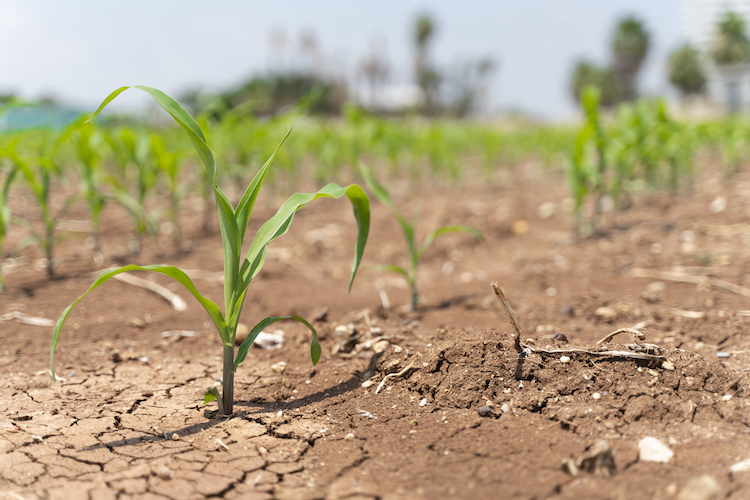
Dry conditions have persisted through much of the early growing season so far in many places around the country, which was helpful for planting but has been concerning for young plant growth. This May was the fourth driest on record in Wisconsin and the second most serious since the Dust Bowl, said state climatologist Steve Vavrus. Almost half of the state got less than half of normal May precipitation, a trend that was also seen across much of the Midwest, Corn Belt, and other parts of the country.
The saving grace of this spring, though, was that the state just went through its wettest winter on record, Vavrus explained on a Badger Crop Connect webinar. Every month from November through April accumulated higher than average precipitation, which has contributed to adequate subsurface soil moisture allowing crops to support themselves through this dry period.
The crops and forages specialists with University of Wisconsin Division of Extension who spoke during the presentation refrained from calling the situation a “drought” just yet, at least in their state. “It’s really early in the game in terms of where we’re sitting,” said Joe Lauer, state corn specialist. He noted that total precipitation accumulation has seen a bit of a downward trend compared to the 60-year average so far, but the difference is not significant. Corn is on track for growing degree days and development stages with not a lot of stress, he said.
In fact, Lauer described that mild, early season “mini droughts” may help corn crops develop. “That allows the plants to grow their root systems down into the ground and follow that waterfront,” he explained.
As evidence, he pointed to four years that achieved a record yield that was 15% greater than the previous record: 1994, 1966, 1952, and 1949. Those years shared a few characteristics:
- Earlier planting
- Adequate spring moisture to activate herbicides
- Mild moisture stress during early development, with soil moisture eventually replenished
- Development ahead of normal at some point in the growing season
- A fall killing frost at the end of September or October
- Typically dry harvest conditions
Soil moisture has been adequate because of the wet winter, especially if the crop was planted in a timely manner, he continued. With more predictions for rain in later June, moisture should be able to begin being replenished.
The challenge comes with really hot days that prevent plants from growing to reach soil moisture. The state and region have experienced some of those days so far, but Lauer said they haven’t been prolonged like other years. To gauge how stressed your plants might be, he advised watching for leaf rolling. If leaves begin to roll in the afternoon, the plant is probably okay, but if it begins early in the day, irrigation might be needed.
“The key right now is patience,” Lauer concluded. Dryness has not yet stretched into drought for the Badger State, and some relief looks to be on the way. Most corn plants are doing fine. “I’m not at all concerned about yield yet,” he added.








